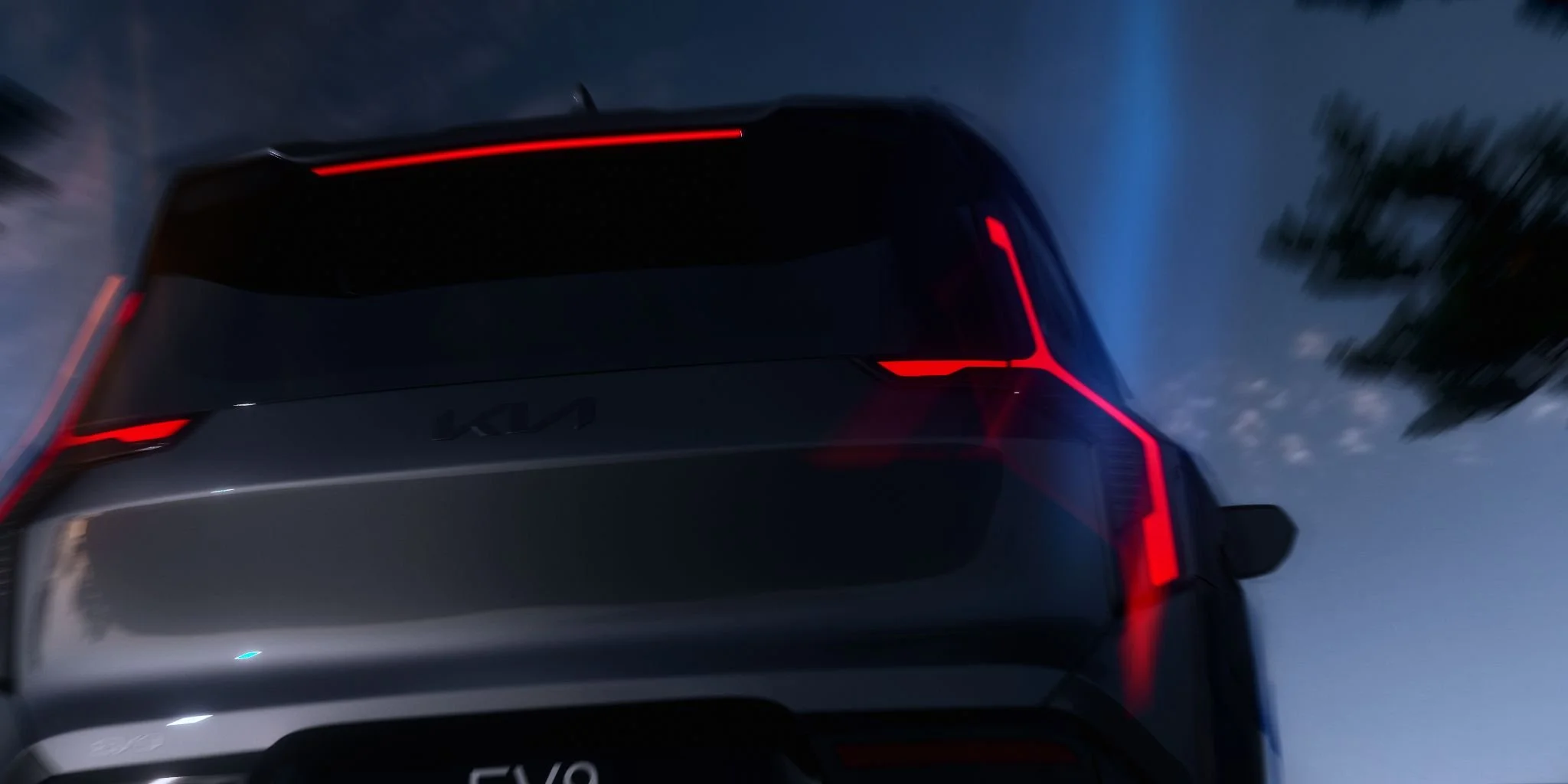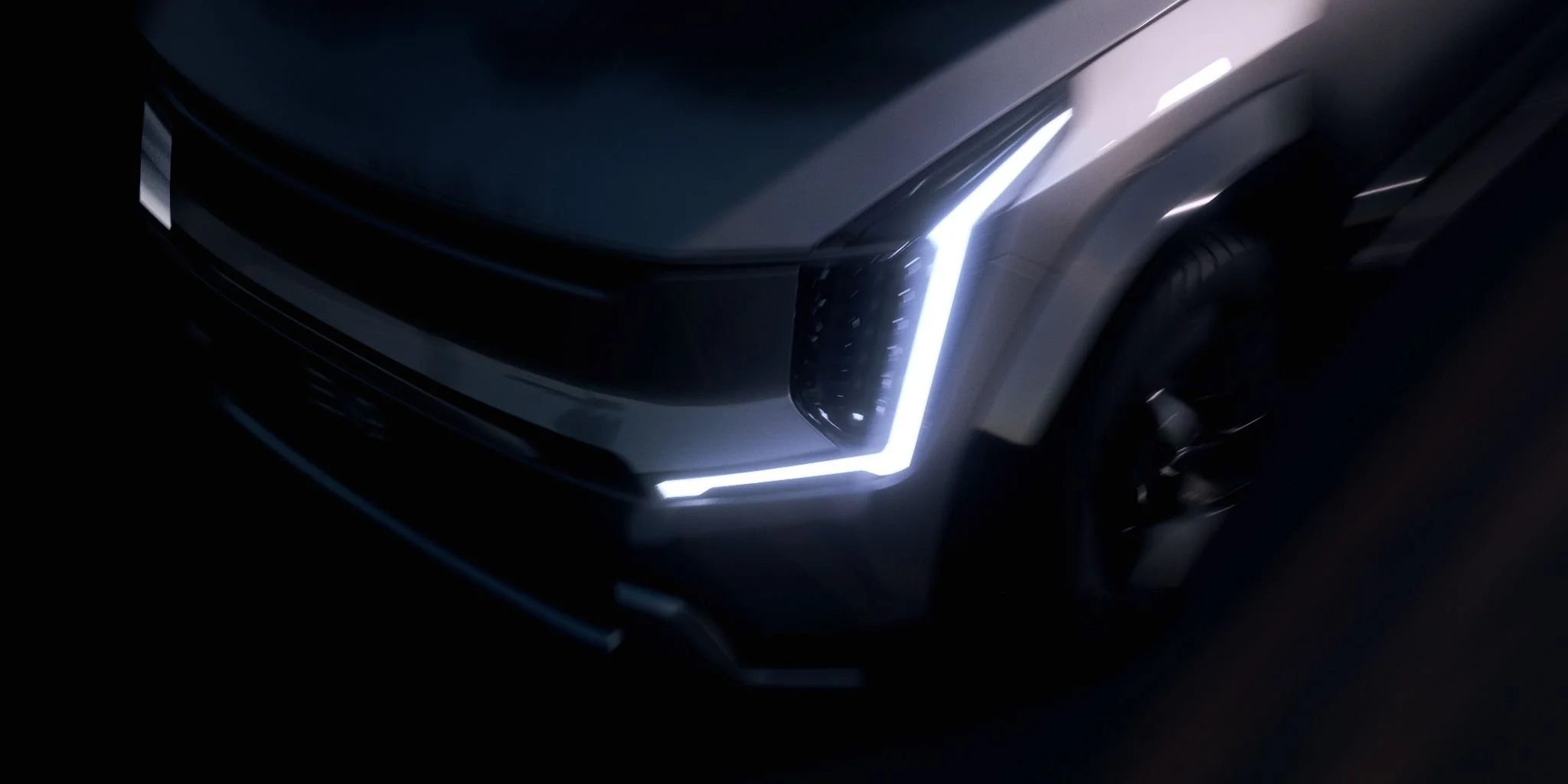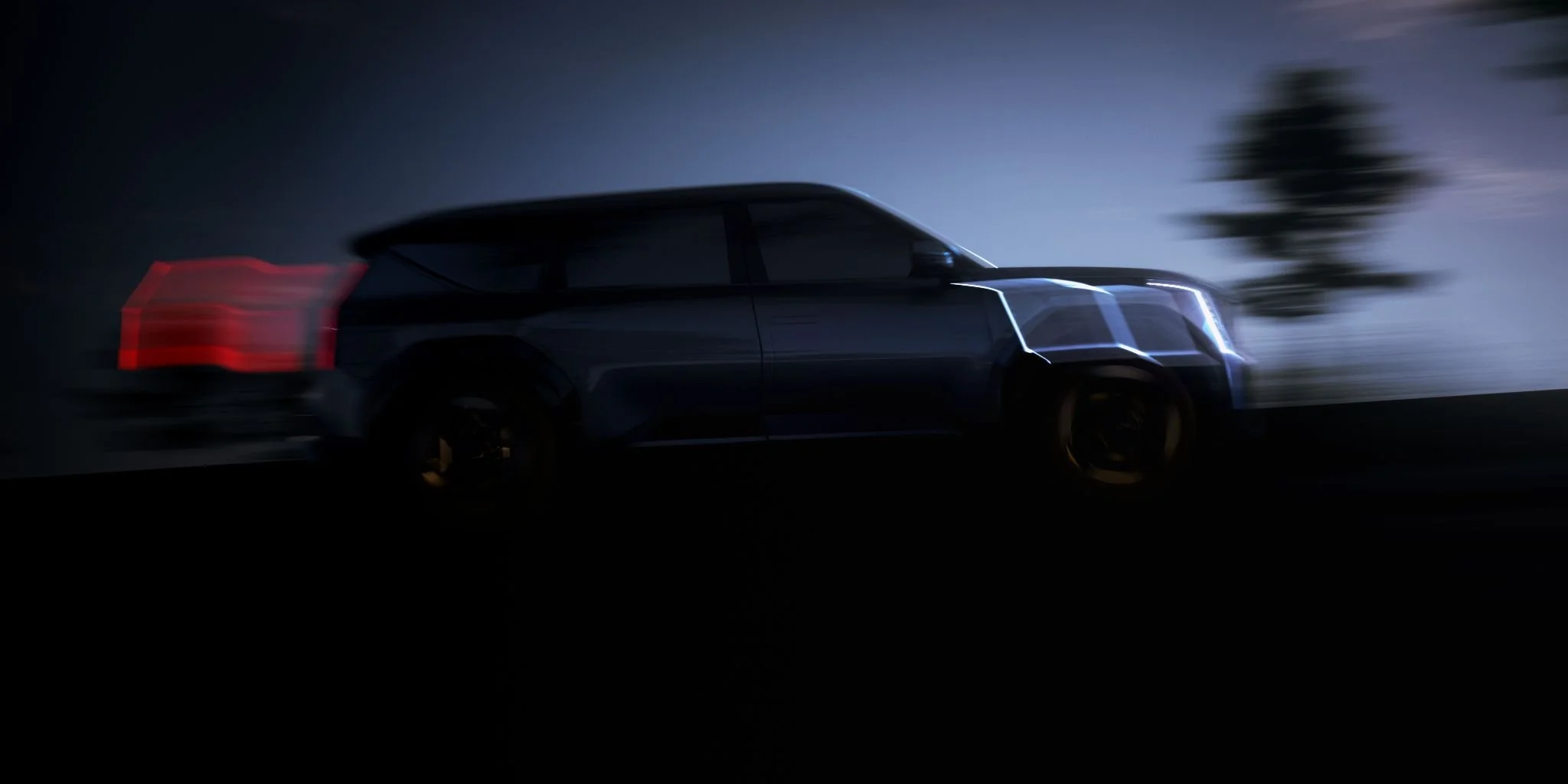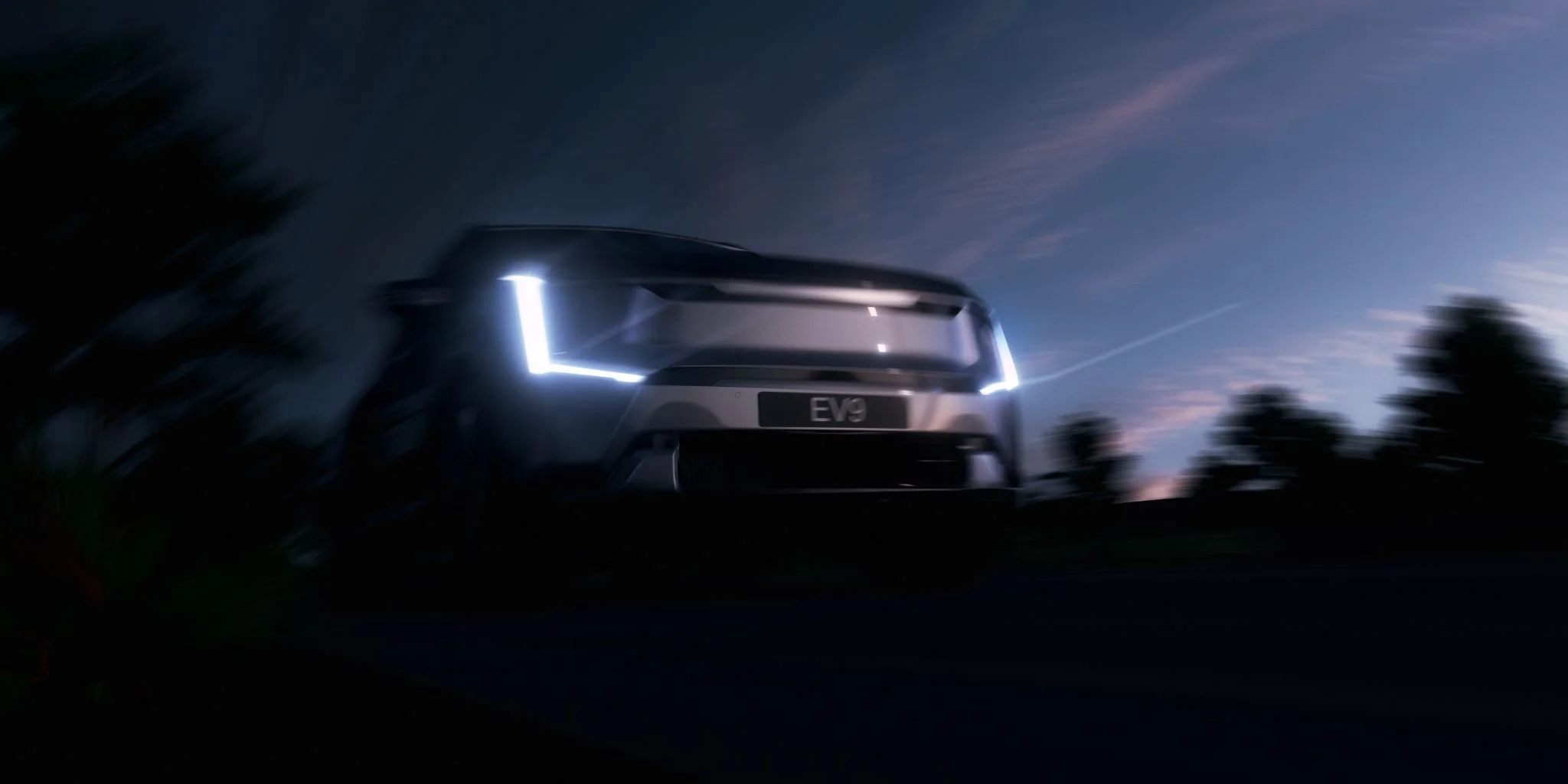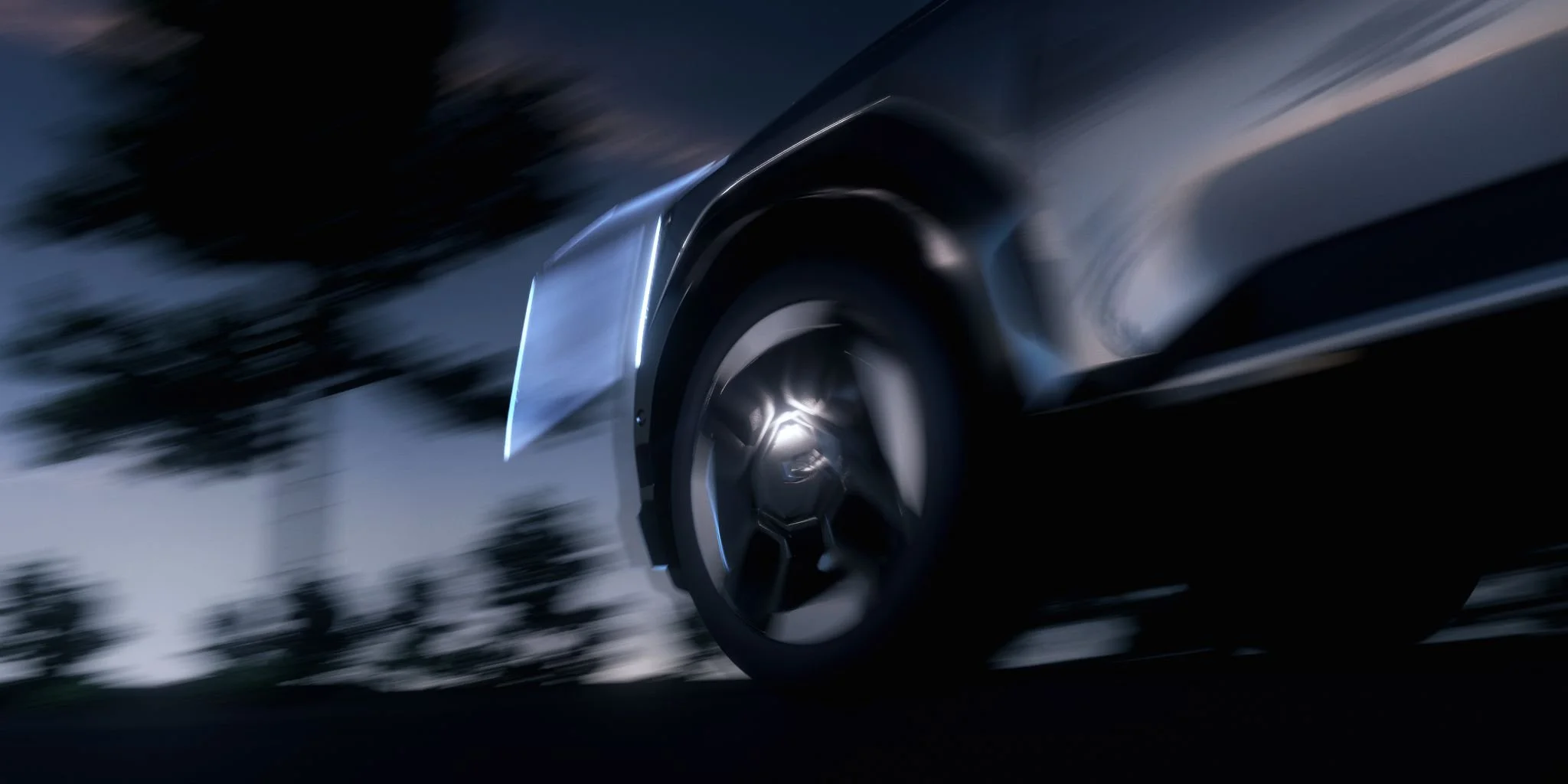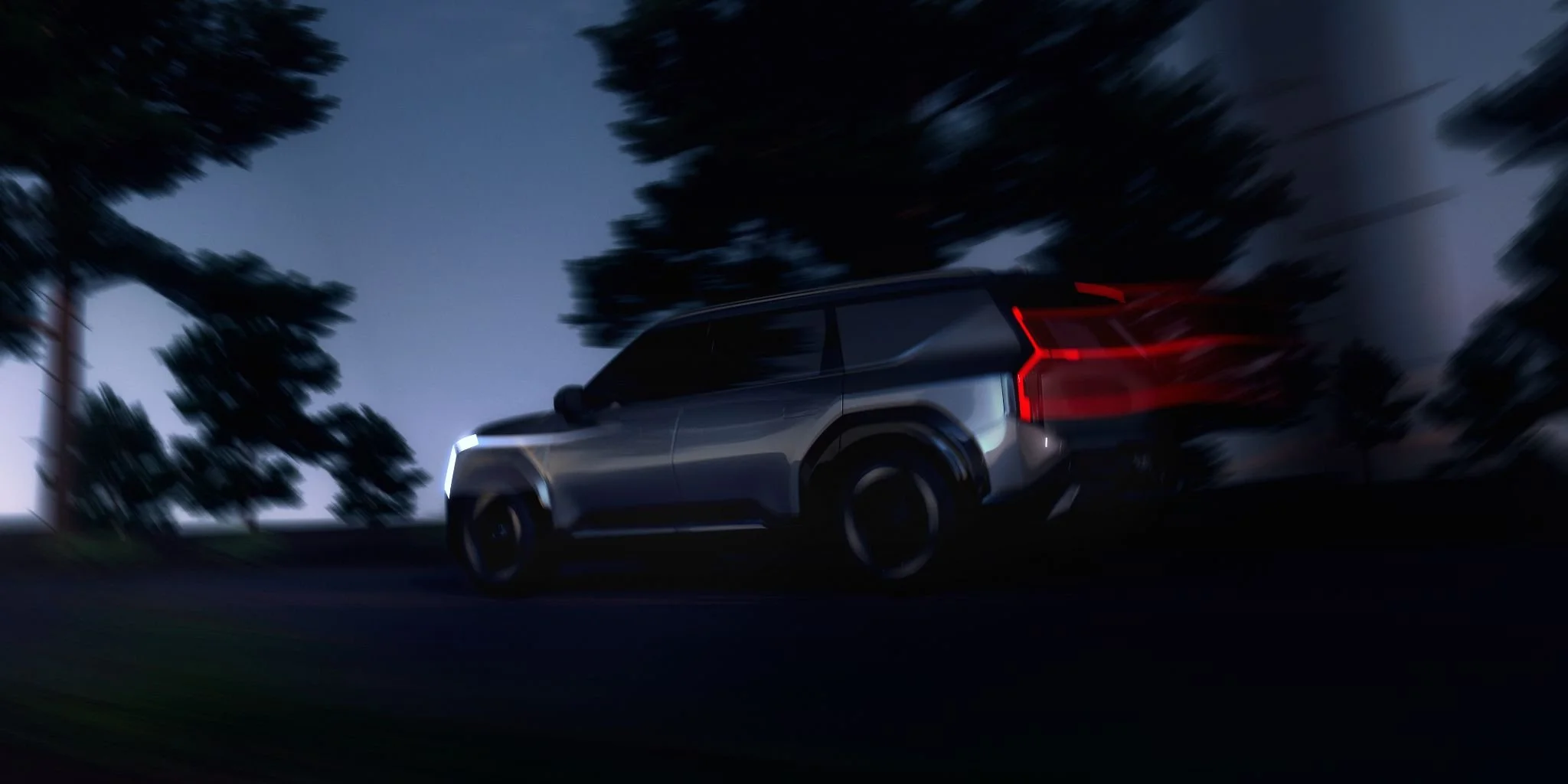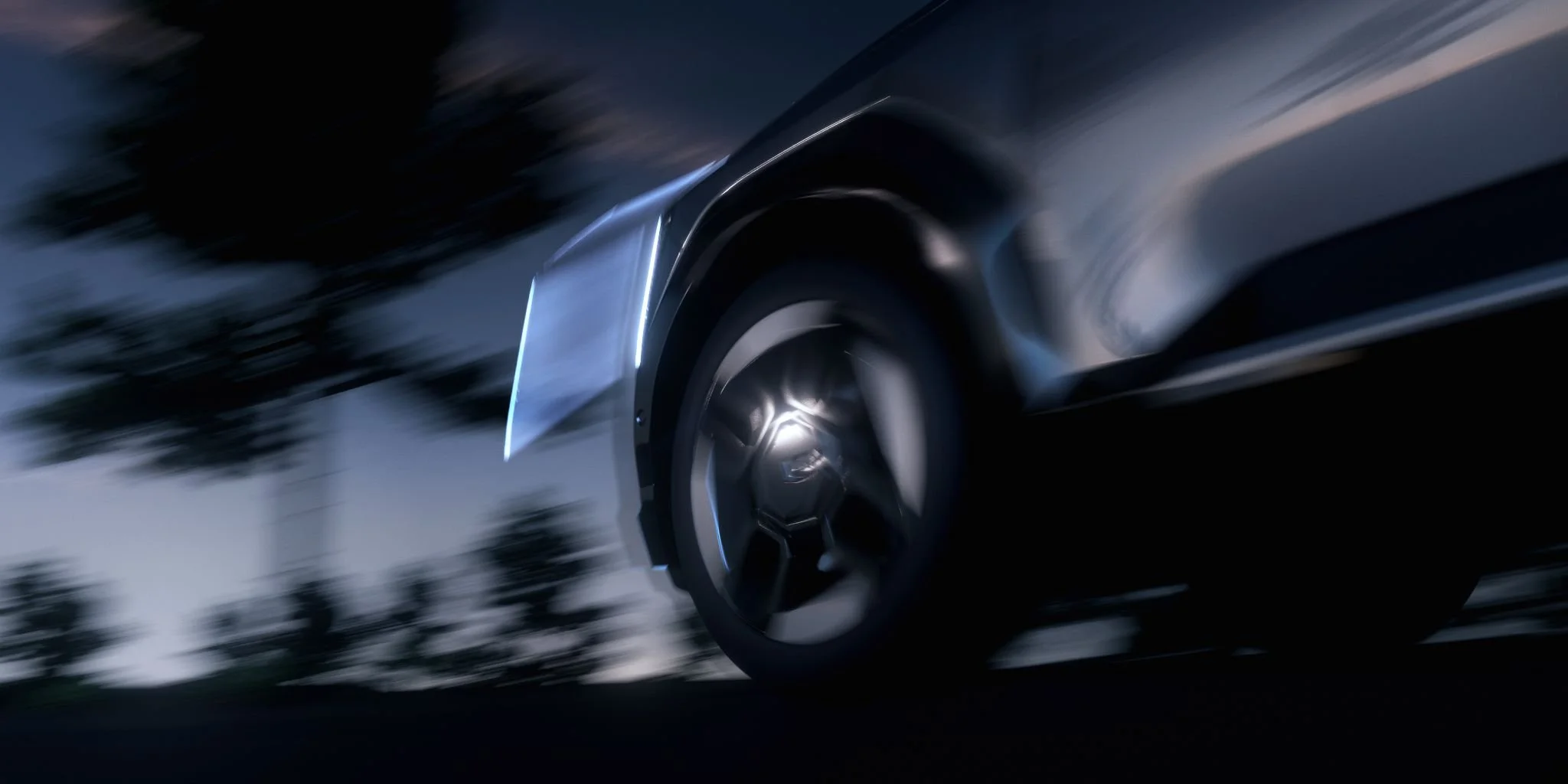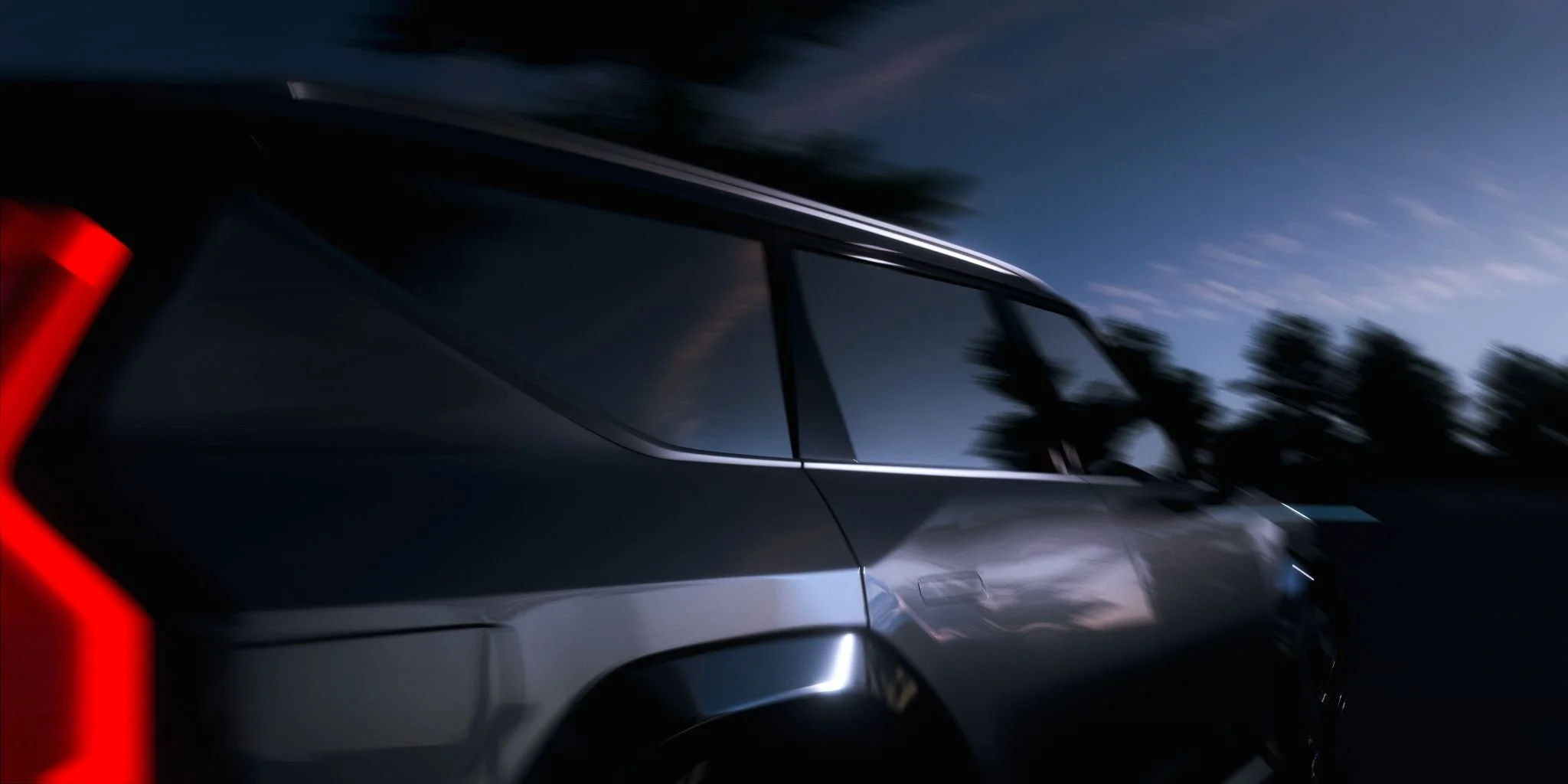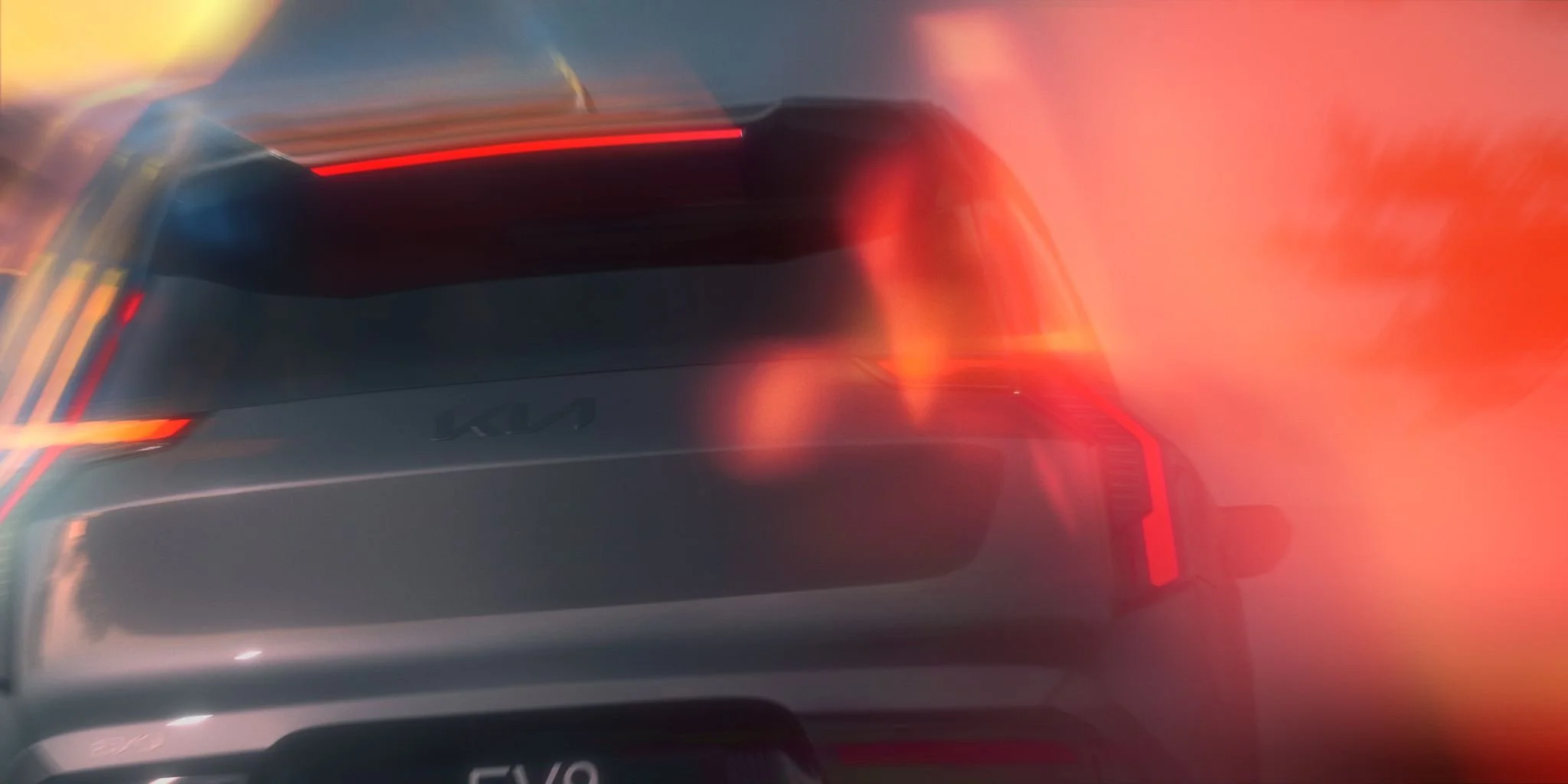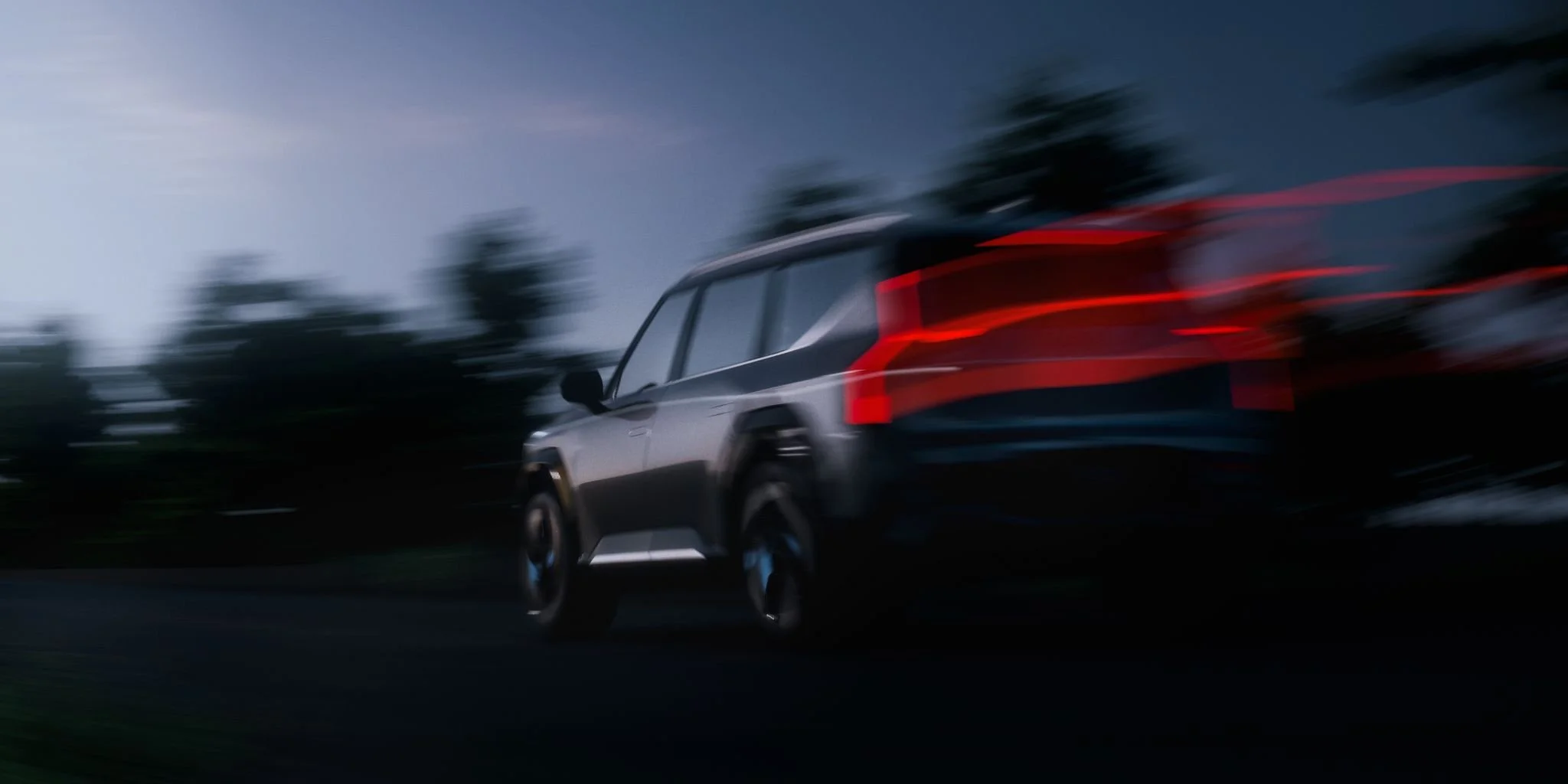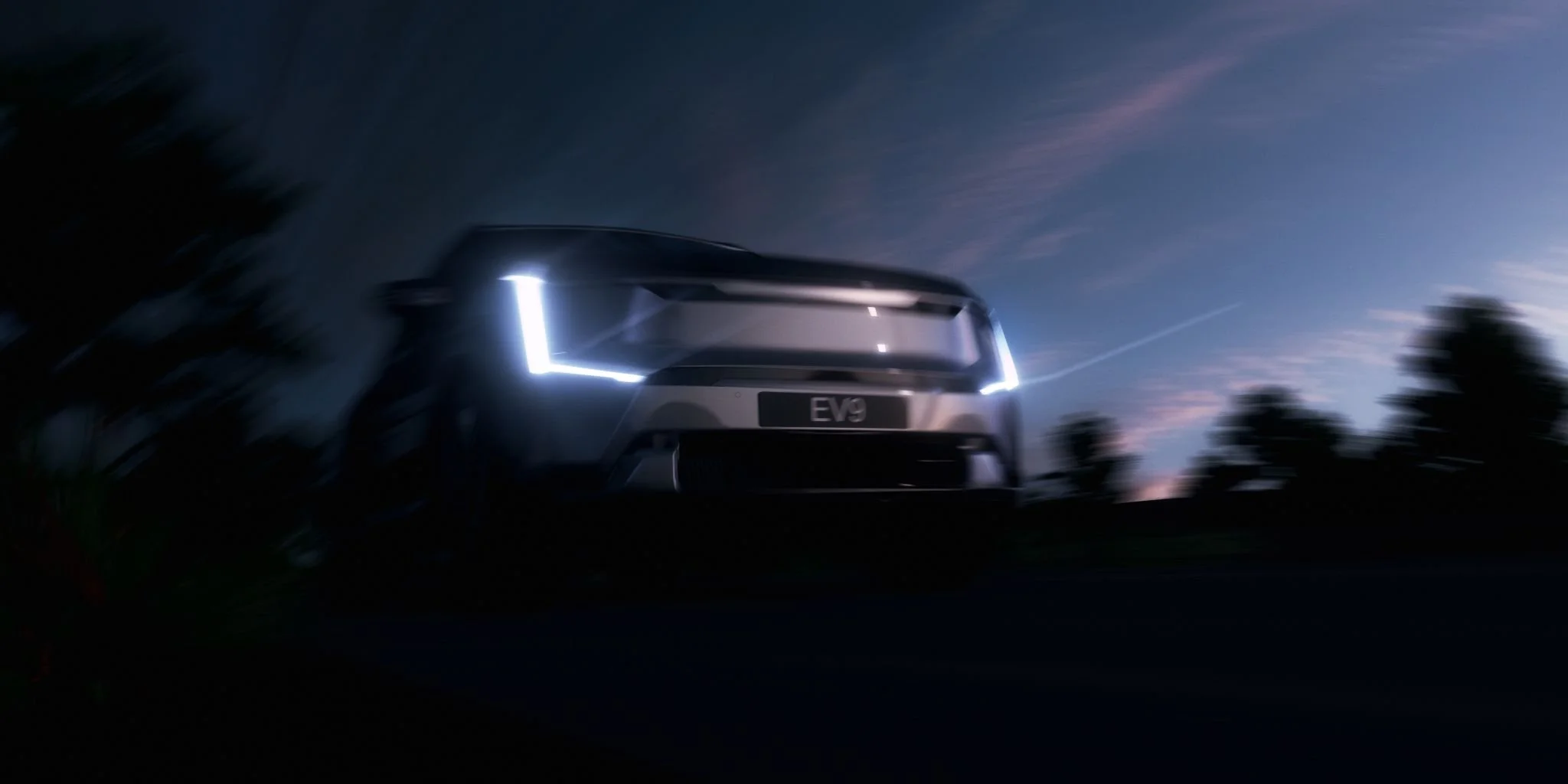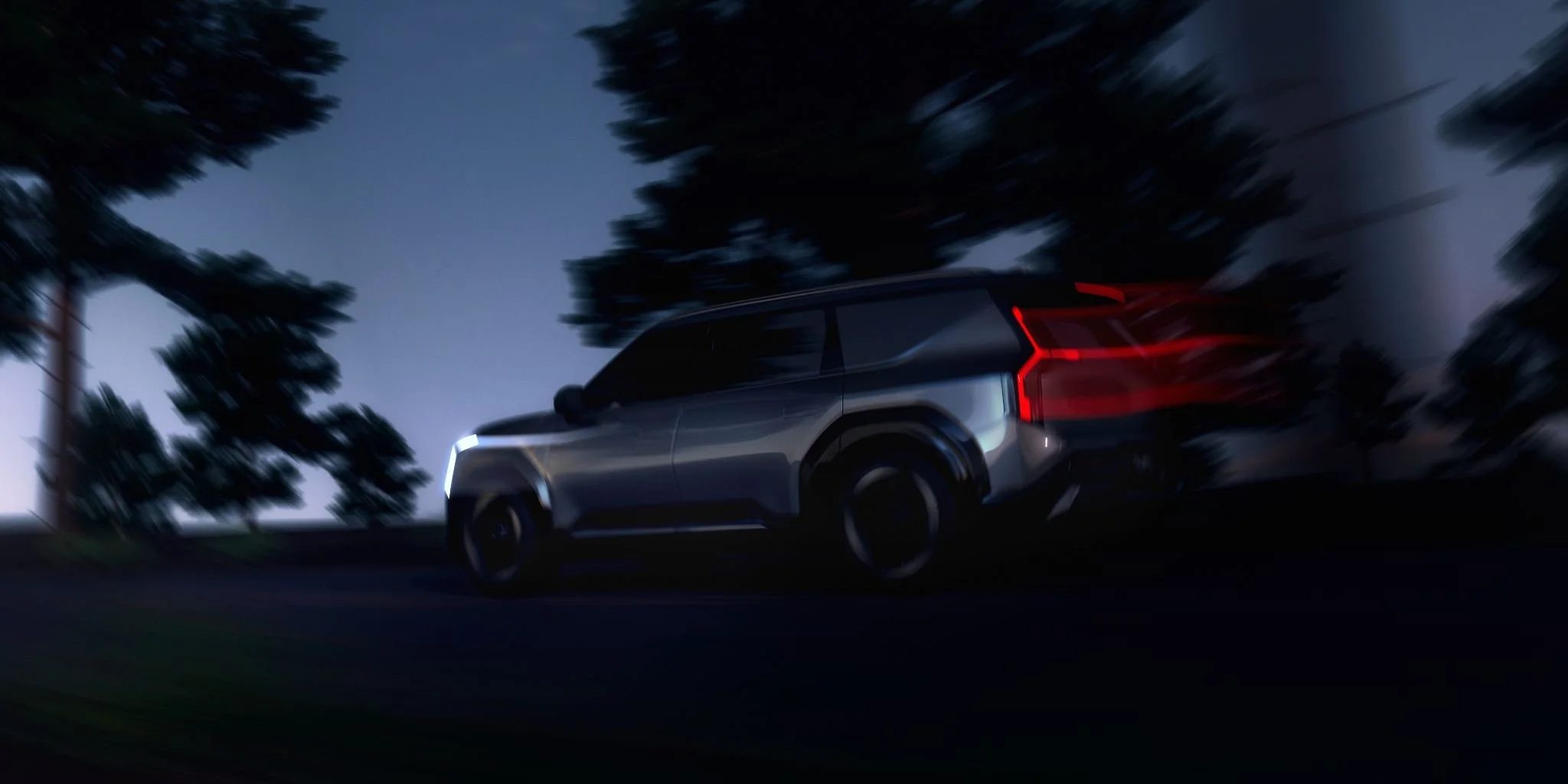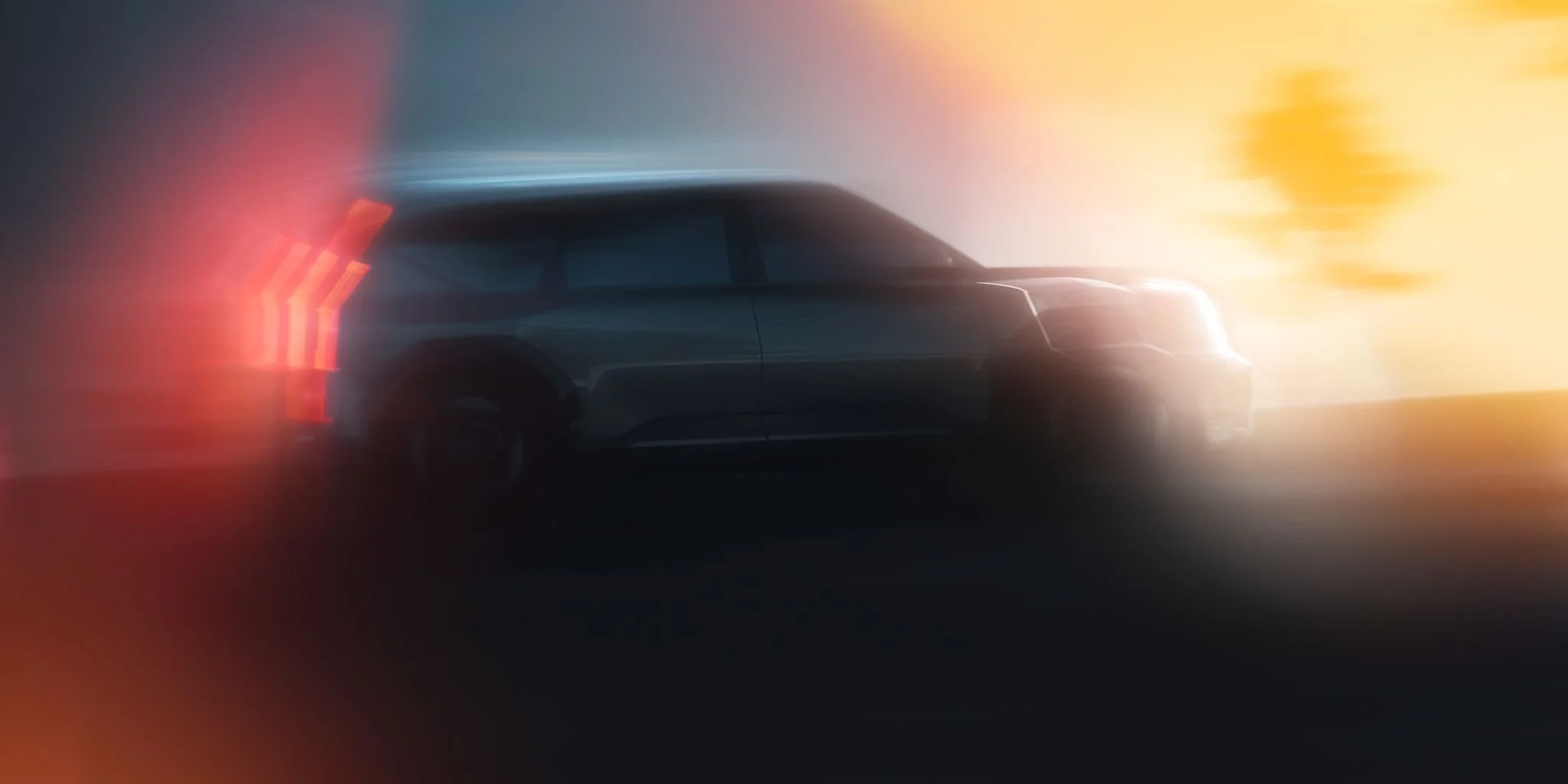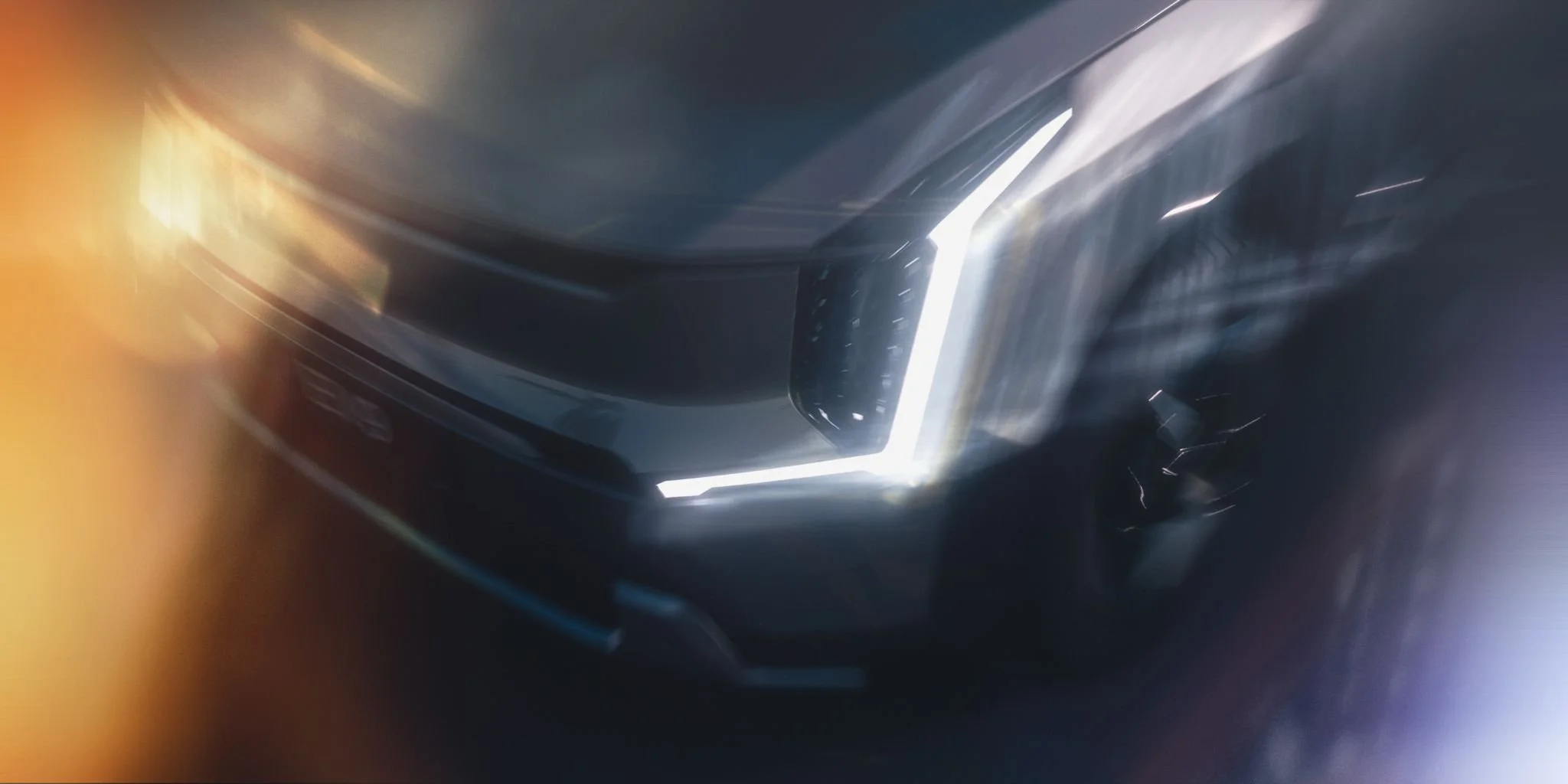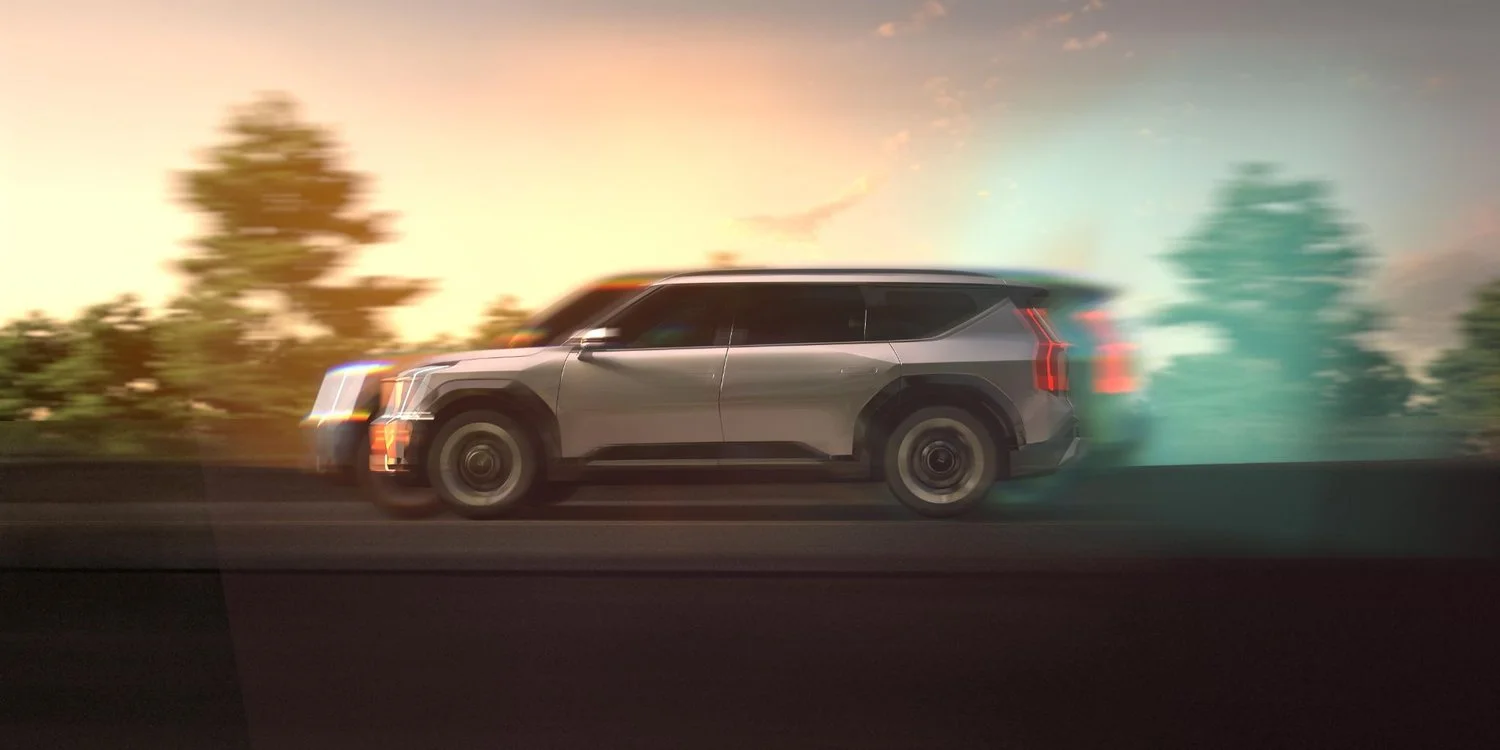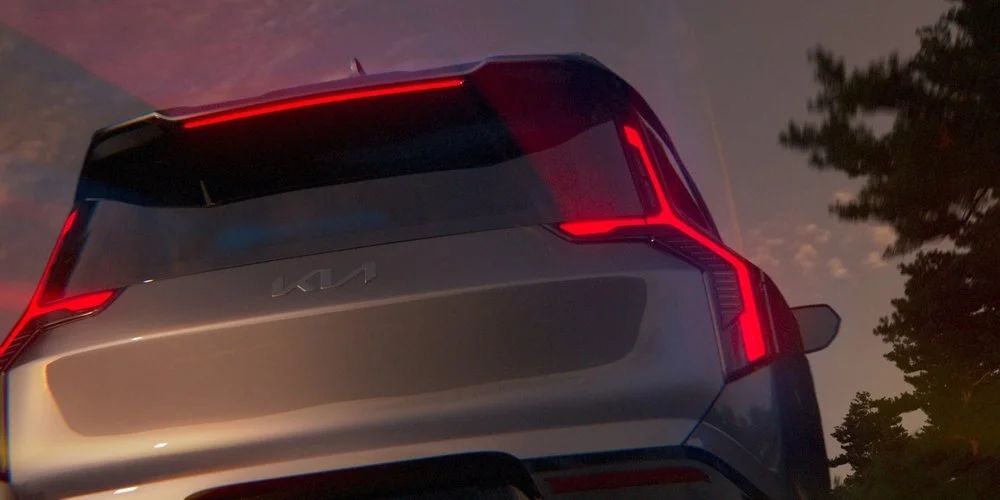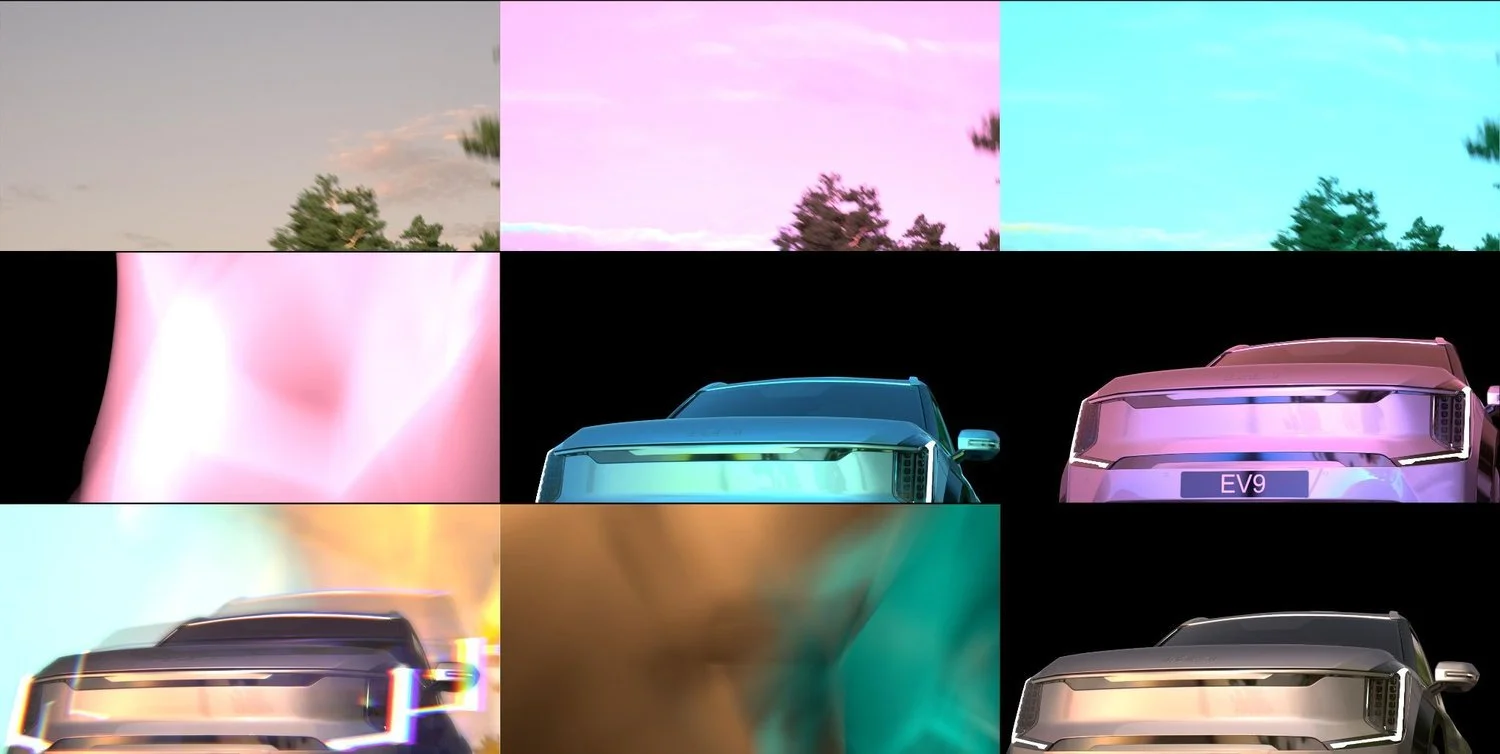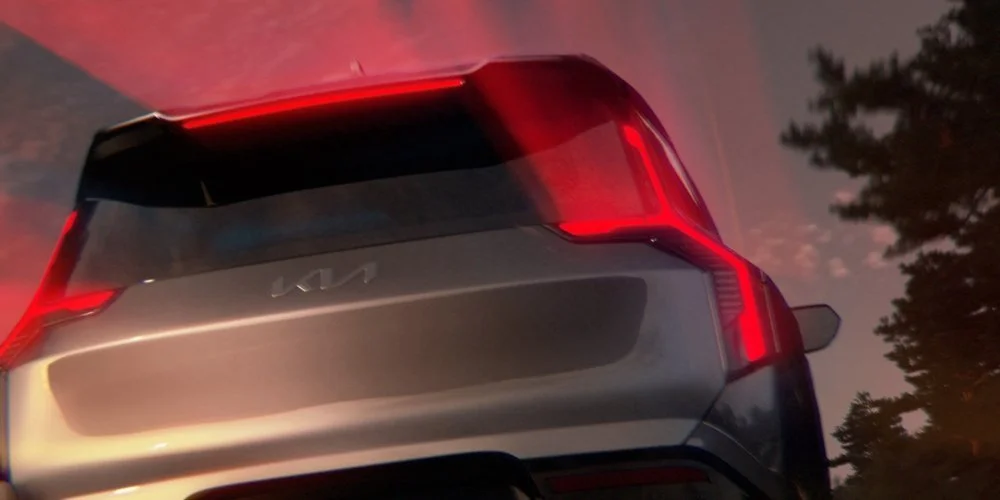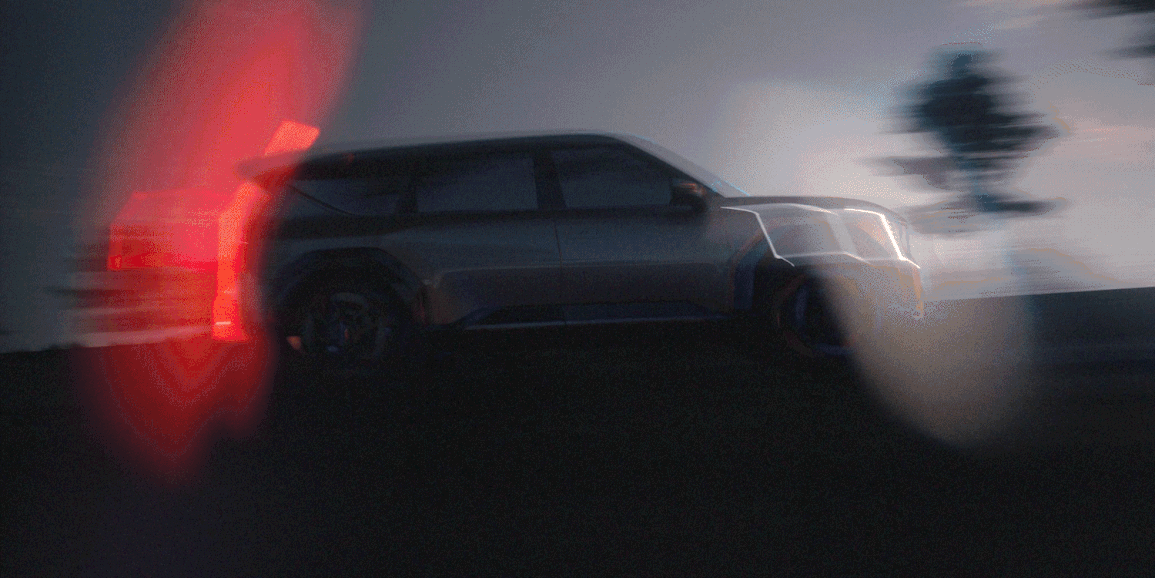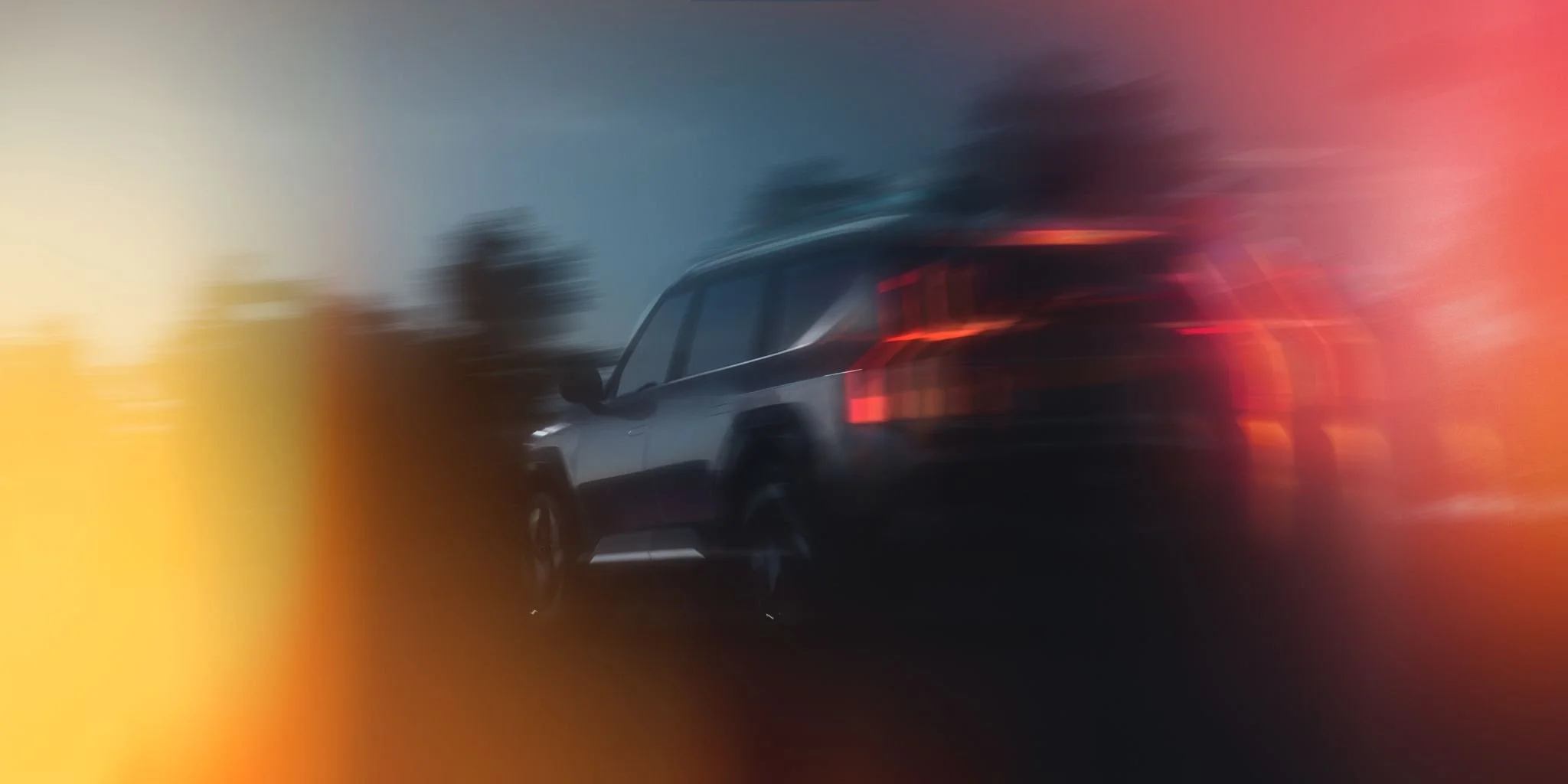
Residual Frame
This Automotive team portfolio project, titled Residual Frame, captures the moment just after clarity when form gives way to feeling. The vehicle, once a defined object, becomes a transient symbol of speed, memory, and the impermanence of presence.
Like a visual echo, each frame is less about what is seen and more about the feeling that’s left behind.
At Taylor James Automotive, our purpose is to craft stunning visuals and compelling stories that celebrate the art and innovation of the automotive world.
Idea
This concept involves capturing dynamic, outdoor shots of cars, where motion blur and light effects create a sense of speed and energy. The key idea is to use long exposure techniques to blur the car’s movement, while strategically adding colour in the blur or the foreground. These colour streaks or soft blurs guide the viewer’s eye toward important features of the car, such as the front grille, wheels, or lights.
Inspired by techniques used in the fashion and dance industries, we adopted an approach similar to rear-curtain sync while dragging the shutter. We were drawn to the ethereal quality created by allowing low ambient light into the frame, combined with a pop of flash to freeze key moments. This balance between movement and stillness was something we aimed to emulate, capturing both the energy of motion and the beauty of form in a single frame.
Blur Technique
The blur had to feel earned—born from movement that reveals the car’s true potential to transform the driving experience. To achieve this, our Creative Director David Cox took an innovative approach: extracting headlight and taillight passes from each render angle and projecting them onto a 65-inch screen. These were then photographed using a split diopter lens, a tool typically used in film to keep part of the image in sharp focus while dramatically blurring another. By rotating and angling the diopter, bespoke directional blurs and flares were created that responded uniquely to the vehicle’s composition. This handcrafted approach allowed us to produce a set of photographic artefacts—flashes, flares, and smears—that couldn’t be replicated with generic flare packs.
These elements were then composited into the final images, adding an extra layer of dynamism and realism that tied directly into the car’s performance and energy. The effect enhances key design elements—like the front grille, lights, and wheels—while reinforcing the emotional narrative of speed and motion.
R&D Tests
Retouch
Finals
